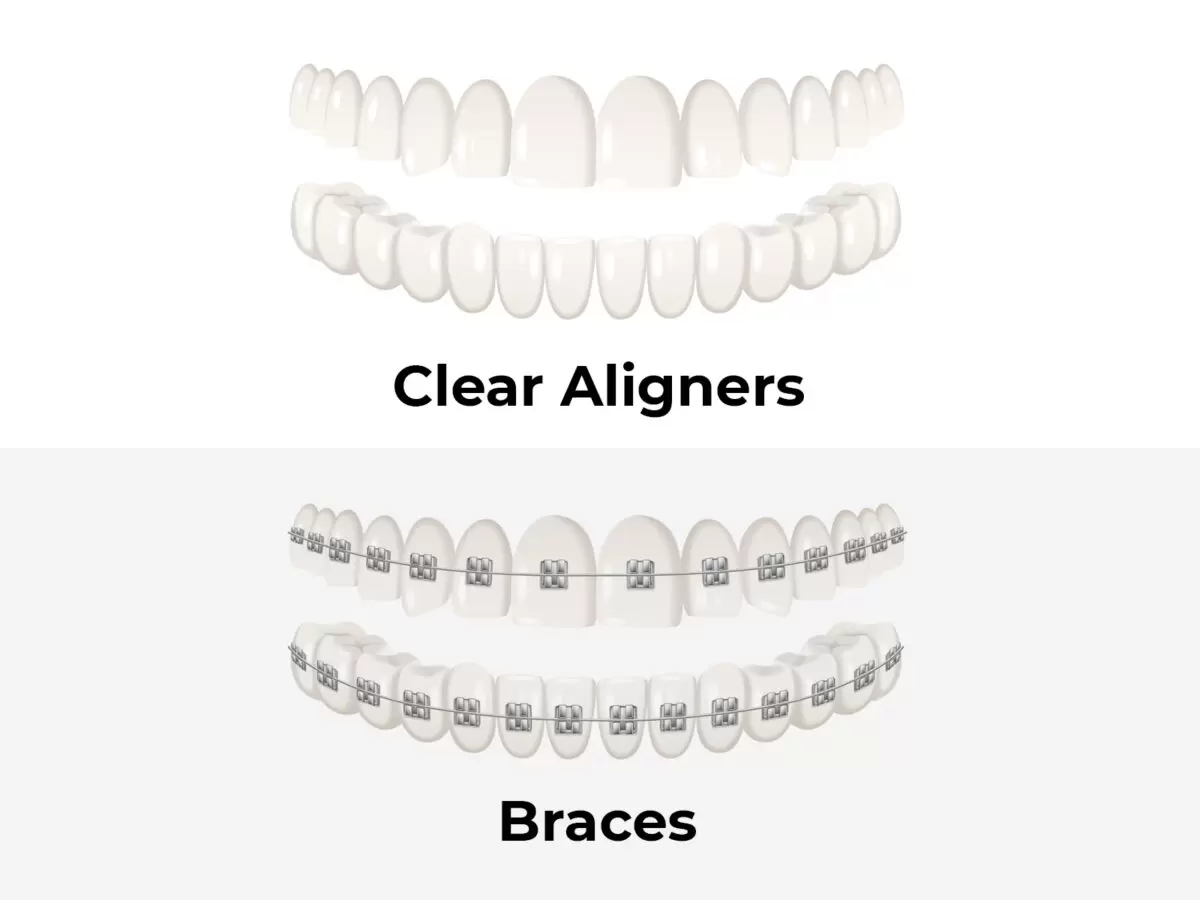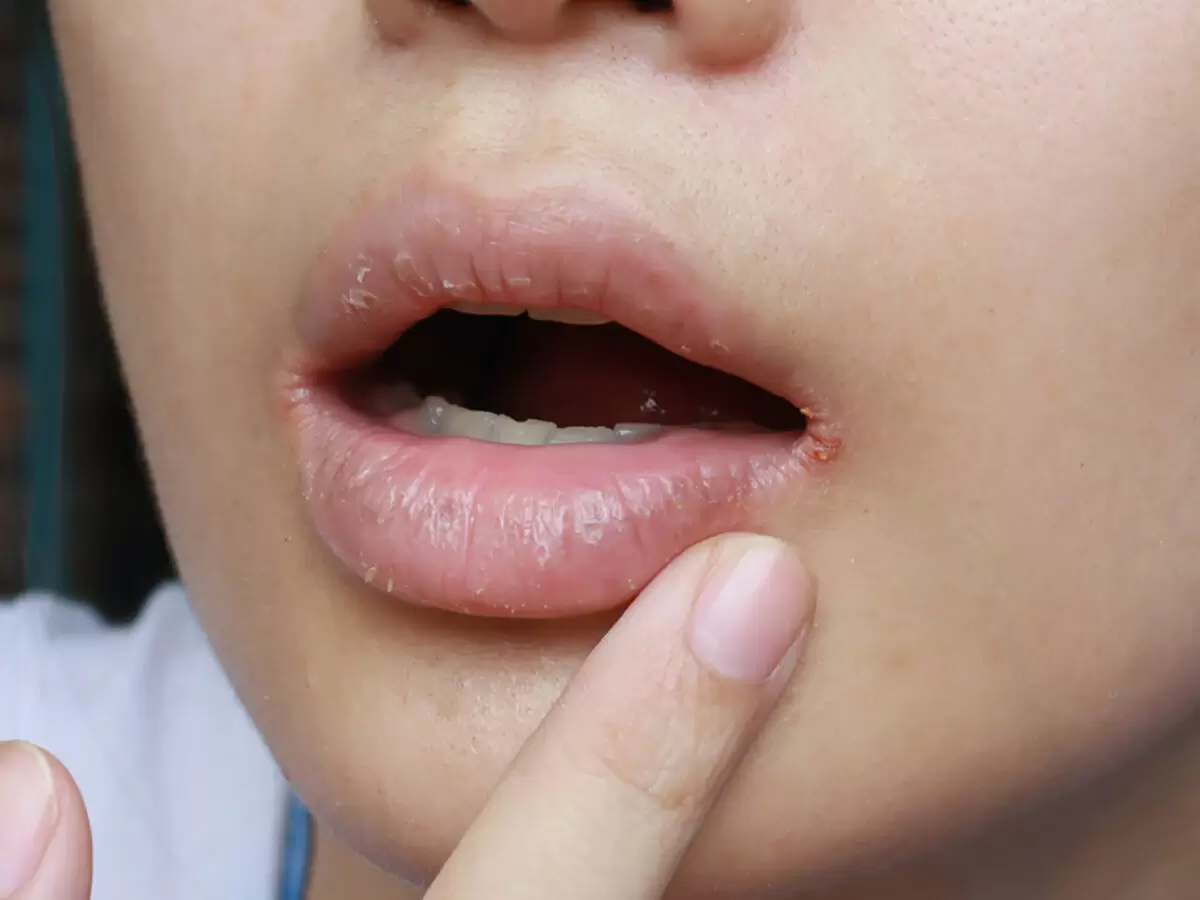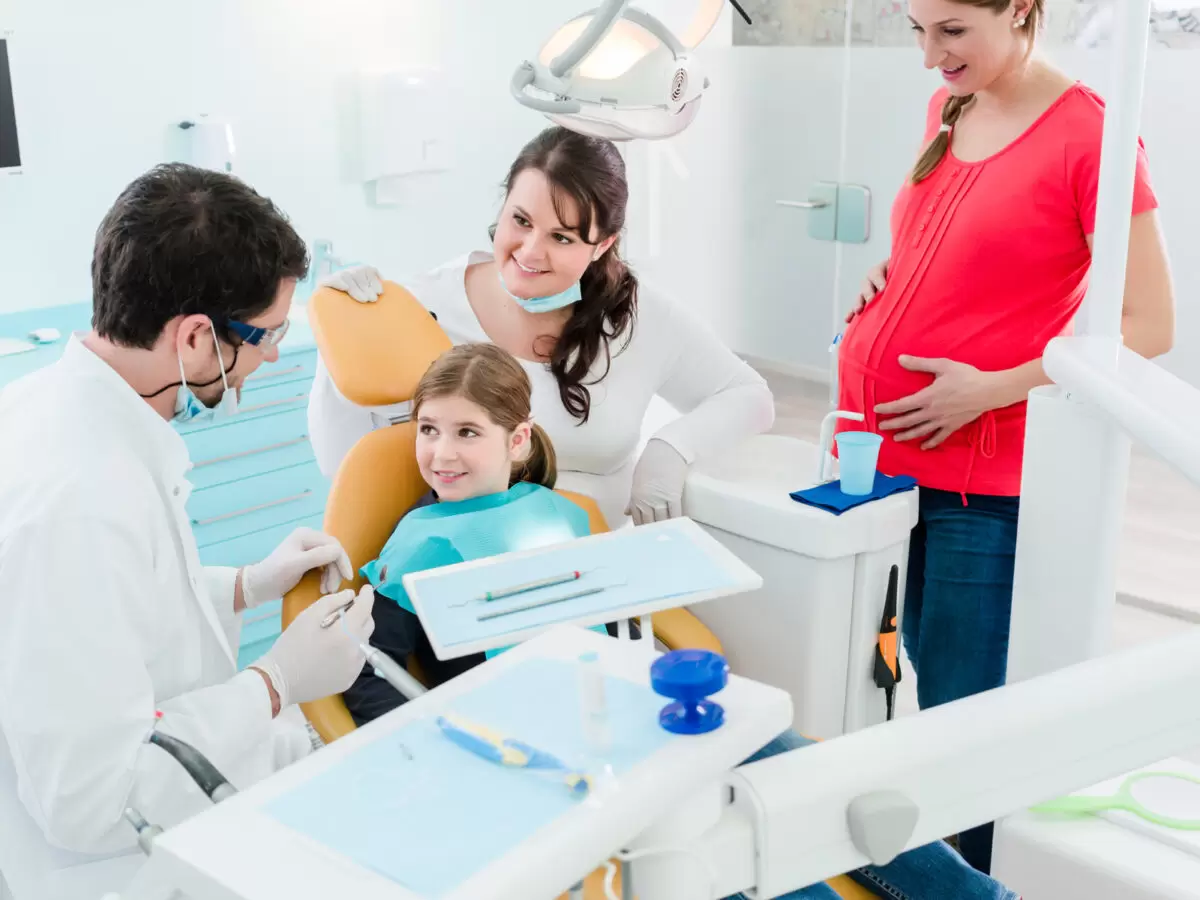Clear aligners have transformed orthodontic treatment by providing a discreet and easy way to attain a straighter smile. Clear aligners, an alternative to traditional braces, have grown in popularity for various reasons. This article delves into the top five reasons people choose clear aligners, highlighting the perks that lead to their broad popularity.
1. Subtle Aesthetics:
- Invisibility: Clear aligners are comprised of transparent materials, allowing the natural color of your teeth to show through. Unlike traditional braces with visible brackets and wires, transparent aligners offer a discreet orthodontic option.
- Increased Confidence: Clear aligners’ unobtrusive look enables orthodontic treatment without self-consciousness about one’s smile.
- No Impact on Social Interactions: Clear aligners allow you to interact socially and professionally without the visual impact that traditional braces often cause.
2. Precision Teeth Straightening:
- Customized Treatment Plan: Digital Impressions: Clear aligners are created using digital impressions of your teeth for an exact fit.
- Customized Treatment: Each pair of aligners is intended to gradually shift teeth into the correct positions, resulting in a tailored treatment plan.
- Efficient Straightening: Clear aligners move teeth into alignment at a controlled rate based on the treatment plan.
- Predictable Outcome: Patients can see how their smile will change over time if their therapy goes as planned.
3. Removable Convenience.
- Eating and Drinking Freedom: Clear aligners are removable, enabling users to eat and drink freely.
- No Dietary Limitations: Unlike traditional braces, no dietary restrictions allow you to eat whatever you want during treatment.
- Oral Hygiene Ease: Cleaning is more accessible because clear aligners are removable, allowing people to brush and floss their teeth without navigating brackets and wires. Improved oral hygiene lowers the risk of cavities and gum disease during orthodontic treatment.
4. Ensure a comfortable orthodontic experience:
- Use smooth and comfortable materials. No Sharp Edges: Clear aligners are smooth and soft, eliminating irritation from sharp edges.
- Reduced Discomfort: Unlike traditional braces, which can be uncomfortable owing to wires and brackets, transparent aligners offer a more comfortable orthodontic treatment.
- No in-person adjustments or tightening required. Clear aligners eliminate the need for regular in-person modifications, reducing orthodontic appointment frequency.
- No Tightening Sessions: Patients do not have to endure the discomfort associated with the periodic tightening sessions used in traditional orthodontic procedures.
5. Time-saving and predictable outcomes:
- Shorter treatment duration: Clear aligners typically have a more predictable treatment timeframe, allowing patients to plan for the duration of their orthodontic journey.
- Reduced Treatment Time: Some situations may obtain the desired results faster than traditional braces.
- Fewer Orthodontic sessions: Clear aligners reduce the need for in-person sessions, making them more convenient for hectic schedules.
- Convenient Monitoring: Remote monitoring technology enables orthodontists to track patient development without regular office visits.
Conclusion
Clear aligners are a popular orthodontic treatment option that prioritizes aesthetics, precision, ease, comfort, and efficiency. The clear and inconspicuous nature of aligners addresses cosmetic concerns, while personalized treatment programs assure successful and quick teeth straightening. Removability adds convenience to daily activities, and the general comfort of the orthodontic experience contributes to a great outcome. Individuals with clear aligners can confidently embark on their journey to a straighter smile, knowing that the transformative process is practical and convenient for their lifestyle.




